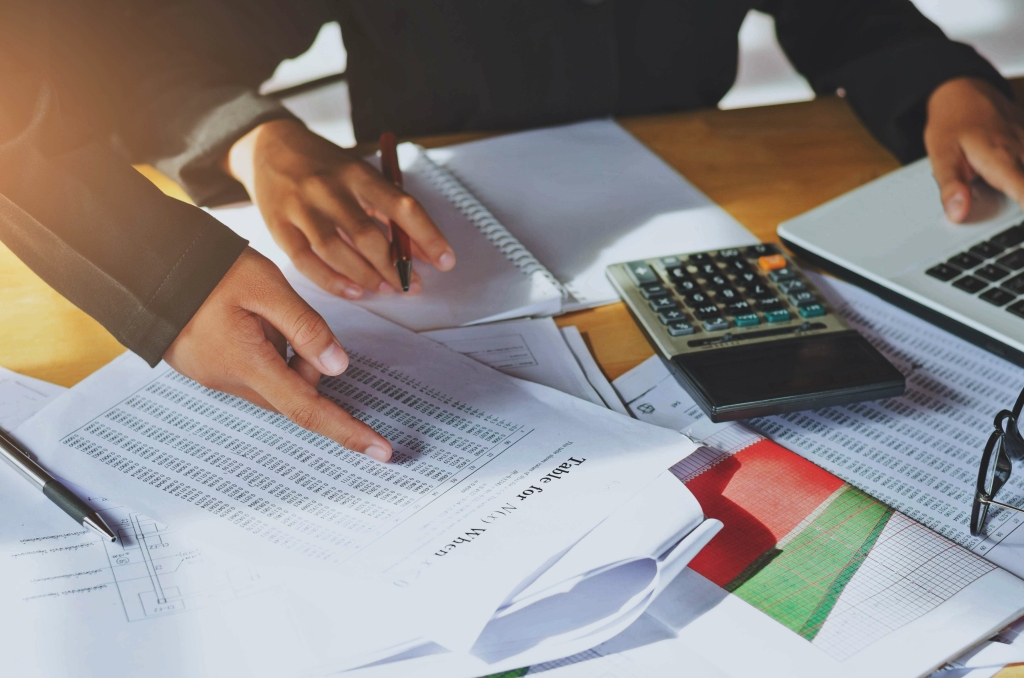In accounting terms, leases can be classified as either operating leases or finance leases. An operating lease is recorded as a rental expense, while a finance lease is treated as a long-term liability accounts liability and an asset on the balance sheet. Any debt a business or organization has qualifies as a liability—these debts are legal obligations the company must pay to third-party creditors.
- This funding helps businesses generate cash flow and purchase equipment to speed up their production process.
- There are three primary classifications when it comes to liabilities for your business.
- Her expertise is in personal finance and investing, and real estate.
- Depending on your payment schedule and your tax jurisdiction, taxes may need to be paid monthly, quarterly, or annually, but in all cases, they are likely due and payable within a year’s time.
- When using accrual accounting, you’ll likely run into times when you need to record accrued expenses.
- A liability is anything you owe to another individual or an entity such as a lender or tax authority.
AccountingTools
Liabilities refer to short-term and long-term obligations of a company. Liabilities must be reported according to the accepted accounting principles. The most common accounting standards are the International Financial Reporting Standards (IFRS). However, many countries also follow their own reporting standards, such as the GAAP in the U.S. or the Russian Accounting Principles (RAP) in Russia.

Accounting for Current Liabilities
A liability, like debt, can be an alternative to equity as a source of a company’s financing. Moreover, some liabilities, such as accounts payable or income taxes payable, are essential parts of day-to-day business operations. In accounting, liabilities are debts your business owes to other people and businesses.
- Even if you don’t have all these accounts set up right now, don’t sweat it.
- Any liability that’s not near-term falls under non-current liabilities that are expected to be paid in 12 months or more.
- Each classification on the balance sheet plays a distinct role in financial analysis.
- Thеsе dеbts can takе various forms, spanning from short-tеrm financial rеsponsibilitiеs likе bills and short-tеrm loans to long-tеrm obligations likе bonds and mortgagеs.
- Examples of current liabilities are trade creditors, bills payable, outstanding expenses, bank overdraft etc.
- Recognizing liabilities in the balance sheet can be tricky and a confusing bookkeeping responsibility.
What are current assets?
In summary, other liabilities in accounting consist of obligations arising from leases and contingent liabilities, such as lease payments, warranty liabilities, and lawsuit liabilities. Proper recognition and classification of these liabilities are essential for providing accurate and clear financial information to stakeholders. Pension obligations are crucial to understanding a company’s commitment to its employees and the potential strain on future resources. Accurately accounting for pension obligations can be complex and may require actuarial valuations to determine the present value of future obligations.
Type 4: Taxes payable
They can include payroll expenses, rent, and accounts payable (AP), money owed by a company to its customers. In conclusion, the management of liabilities is crucial for maintaining financial stability and favorable cash flows. As liabilities impact both the balance sheet and cash flow statement, businesses must carefully consider their decisions regarding debt, tax management, and other obligations. As liabilities increase, they may affect a company’s financial health and stability. High levels of debt can lead to increased interest expenses, impacting profitability and potentially leading to insolvency. It is essential for businesses to effectively manage their liabilities and maintain a healthy balance between debt and equity.
- Accounts payable represents money owed to vendors, utilities, and suppliers of goods or services that have been purchased on credit.
- Get instant access to video lessons taught by experienced investment bankers.
- As a result, many financial ratios use current liabilities in their calculations to determine how well or how long a company is paying them down.
- Banks, for example, want to know before extending credit whether a company is collecting—or getting paid—for its accounts receivables in a timely manner.
- Maintaining high liquidity is crucial for covering short-term liabilities, ensuring that a company has sufficient cash and assets that can be readily converted into cash.
What Are the Different Types of Liabilities in Accounting?
We use the long term debt ratio to figure out how much of your business is financed by long-term liabilities. If it goes up, that might mean your business is relying more and more on debts to grow. As long as you haven’t made any mistakes in your bookkeeping, your liabilities should all be waiting for you on your balance sheet. If you’re doing it manually, https://www.bookstime.com/ you’ll just add up every liability in your general ledger and total it on your balance sheet. Liabilities are any debts your company has, whether it’s bank loans, mortgages, unpaid bills, IOUs, or any other sum of money that you owe someone else. If you’ve promised to pay someone a sum of money in the future and haven’t paid them yet, that’s a liability.
All these accounts are working toward your financial goal
Take a few minutes and learn about the different types of liabilities and how they can affect your business. The working capital of a company is obtained by subtracting the current liabilities from the current assets. If the liabilities are more, the working capital of the company is reduced. A normal operating cycle is the time frame needed to convert money to raw materials, finished products, sales, accounts receivable, and money back again. This decision is very crucial as they might still be owing current debts to be paid shortly.

